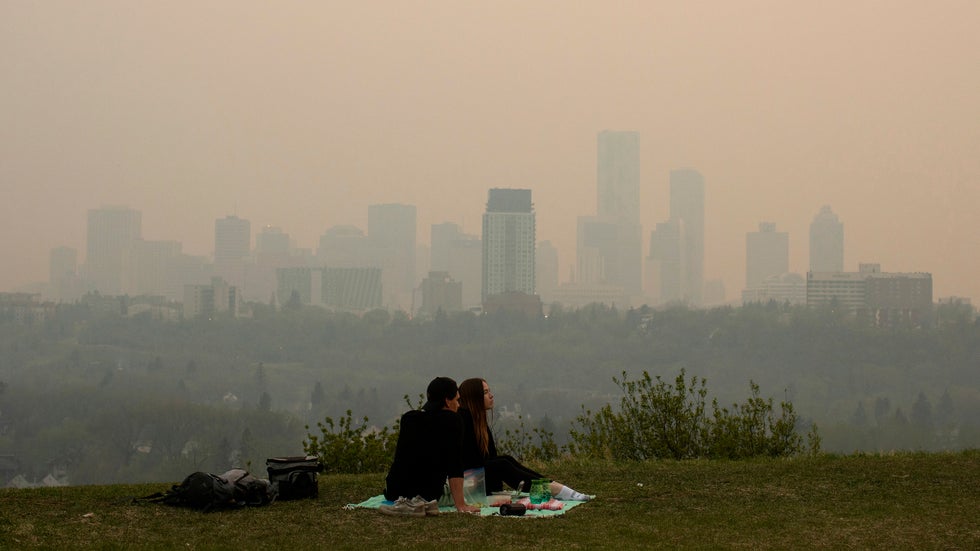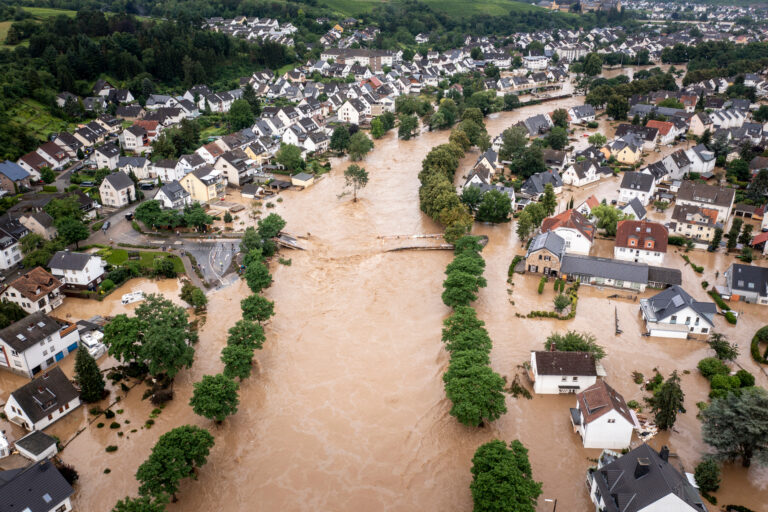As flames and smoke rise in Canada, so does the question: Will this summer be like the last one?
“The next six weeks or so is critical,” weather.com senior meteorologist Jonathan Erdman said Friday.
That’s because, according to research published in February, more than two thirds of the area burned during 2023’s record Canadian fire year can be traced back to blazes that started in May or June.
Smoke from Canadian wildfires can have major impacts on pollution and air quality in the U.S. It’s already impacted parts of several states over the past week, from Iowa, Missouri, Nebraska and Kansas to Minnesota, Wisconsin, the Dakotas, Montana and Michigan. That included some air quality ranked code red, or unhealthy for everyone, in the Twin Cities.
“It’s not yet as bad as what we were dealing with at this time last year,” Erdman said. “But the long term outlook is still worrisome.”
More than 54,000 square miles of land burned in Canada by August last year. That’s an area twice the size of Greece. At least 17 people died, more than 235,000 people were forced to evacuate and air quality health alerts were issued for millions across the U.S.
Drought, Heat Are Still Major Concerns
Much of Canada’s British Columbia, Alberta and Saskatchewan remained in moderate to extreme drought going into mid-May.
“Some of those areas in British Columbia had their least snowpack for late winter into early spring, and that’s a problem,” Erdman said.
Drought is a major driver of fire weather.
“There’s a lot of reasons that drought is a concern,” Ellen Whitman, a scientist with the Canadian Forest Service, said in an interview Thursday.
“Our fuels are more flammable, there can be deeper burning and it can also even affect the green up of our trees, which can further exacerbate our spring fire risk.”
Adding to that, the summer temperature outlook from Environment and Climate Change Canada shows above average warmth for the entire country with some areas projected to see extreme heat through August.
Warmer temperatures lead to even drier conditions on the ground.
“So that means that our fires can grow larger, spread more quickly, be ignited more easily,” Whitman said.
Larger, more intense fires create more smoke that can be carried toward the U.S.
The fire weather outlook follows a similar pattern as the temperature outlook, with fire conditions expected to be high across a wide swath of western Canada. including areas experiencing the worst drought conditions.
There are many caveats, though.
“Long-term forecasting for the seasonal fire outlook is really challenging,” Whitman said.
“And it’s highly dependent on precipitation, which is one of the things that we struggle with the most in our forecast.”
The Role Of Climate Change
In Eastern Canada in particular, scientists said human-caused climate change made the extreme wildfire season 50% more intense and at least seven times more likely to occur.
“In regions that have abundant fuel, like forested areas like Canada, weather is really, really important,” Whitman said. “The way that climate change fits into that is that when we have warmer temperatures, that air that is warmer has a higher moisture-holding capacity, which means that even if you have more rain or more precipitation, it can be evaporated out more quickly and effectively and suspended in the air.”
Source: https://www.wunderground.com/article/science/environment/news/2024-05-17-canada-smoke-air-quality-us


